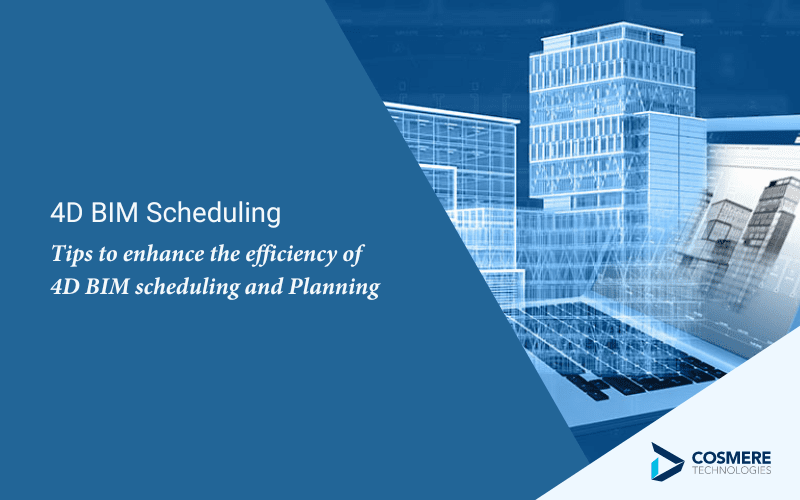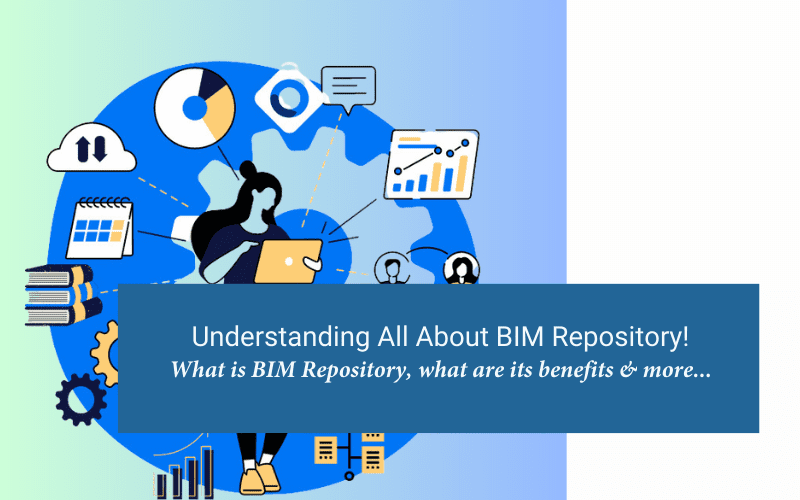The growing increase in environmental concerns and energy costs has led to the demand for sustainable construction. By sustainable construction, we mean designs that have minimal impact on the environment and use energy optimally and efficiently. The highlight of sustainable construction is not just an environmentally friendly way of building but is also a very cost-effective means too.
As professionals say – spending 2% more on building sustainable buildings can decrease the overall cost of construction by 20%. The basic advantage of building information modelling-based design, is you enable more cost-effective, safe, & sustainable construction.
Let’s understand –
How can BIM be used for sustainability –
There are many ways in which BIM offers sustainability. Right from proper coordination, streamlining delivery, and reduced wastage, to better communication, there are many ways in which BIM helps in building sustainable projects.
Let’s explore each one of these aspects one by one –
First, let’s get to coordination –
- Pooling manufacturing, technical, construction & operational manufacturing knowledge. This ensures that the design is value engineered and is optimized at every stage of delivery and operations.
- Proper coordination with the help of BIM software – Whenever there is any change in any discipline of the project the other party is notified immediately to take necessary actions.
- Cost planning for the entire project can also be accurately done with the help of BIM software for sustainability. By estimating the cost, you can accurately order the material & equipment while reducing the waste of rework.
Second is the impact of BIM on streamlining delivery
- BIM can help to refurbish or entirely change the management & operation of all the existing assets to improve performance without having to build anything new.
- In case any new assets are essential to building, BIM modelling will enable you to find the most sustainable option that leaves a low carbon footprint. This is how can BIM be used for sustainability when it comes to streamlining delivery.
Now that we have discussed this, let’s get to find out –
How does BIM help in sustainable design?
- Optimization of design – With the help of BIM, architects can easily develop and study different design options simultaneously with a single model. The good thing about this is the switch on and off facility in the model of visualization, quantification, and analysis. All this makes it easier to design and document different options – offering better and more sustainable choices.
- Energy analysis – Thanks to Revit modelling, architects, designers, and clients can look at the robust design information with details & reliability to complete the analysis of the construction from different aspects at the early stages of the design process. Energy analysis can be conducted throughout the design process, enabling the proper optimization of the structure to become more efficient.
- Visualization – Another highlight of BIM modelling is that it can be used along with different BIM software for sustainability which includes factors like energy analysis, lighting studies, etc. Doing this helps in quantifying green effects. On top of all this, with the help of 3D visualization & walk-throughs – the design team will along with the client look at the different options.
These are some of the ways in which BIM can help bring more sustainability to the design. Thanks to the team at Cosmere Technologies, you can now take full advantage of BIM modelling to bring more sustainability to the project. So, if you wish to make your project more eco and cost-friendly, you can contact the team and find out how we can help you.

















